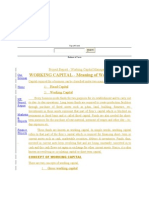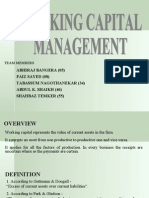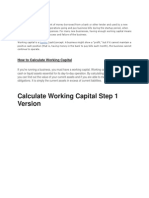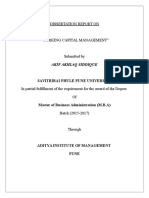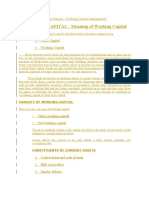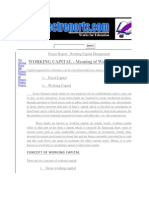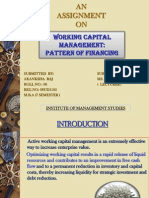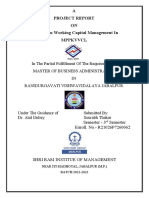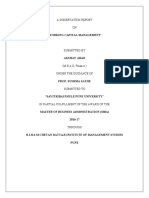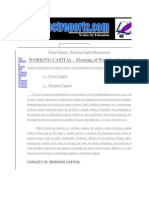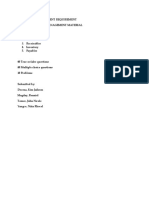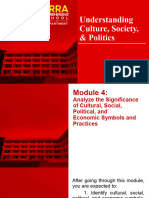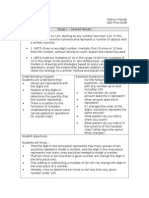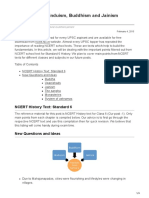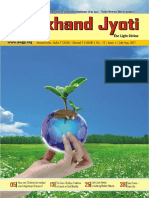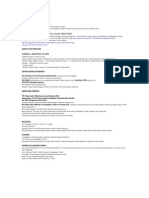0% found this document useful (0 votes)
64 views6 pagesWorking Capital Finance Guide
This document discusses working capital finance. It defines working capital as current assets and current liabilities, noting that net working capital is the difference between the two. The document states that working capital financing is crucial for day-to-day business operations and can come from various sources like trade credit, cash credit, loans, and bill discounting. It provides definitions of gross working capital, net working capital, permanent working capital, and temporary working capital. Types of working capital discussed include trade credit, cash credit, and working capital loans.
Uploaded by
JUI SHINDECopyright
© © All Rights Reserved
We take content rights seriously. If you suspect this is your content, claim it here.
Available Formats
Download as PPTX, PDF, TXT or read online on Scribd
0% found this document useful (0 votes)
64 views6 pagesWorking Capital Finance Guide
This document discusses working capital finance. It defines working capital as current assets and current liabilities, noting that net working capital is the difference between the two. The document states that working capital financing is crucial for day-to-day business operations and can come from various sources like trade credit, cash credit, loans, and bill discounting. It provides definitions of gross working capital, net working capital, permanent working capital, and temporary working capital. Types of working capital discussed include trade credit, cash credit, and working capital loans.
Uploaded by
JUI SHINDECopyright
© © All Rights Reserved
We take content rights seriously. If you suspect this is your content, claim it here.
Available Formats
Download as PPTX, PDF, TXT or read online on Scribd
/ 6



















